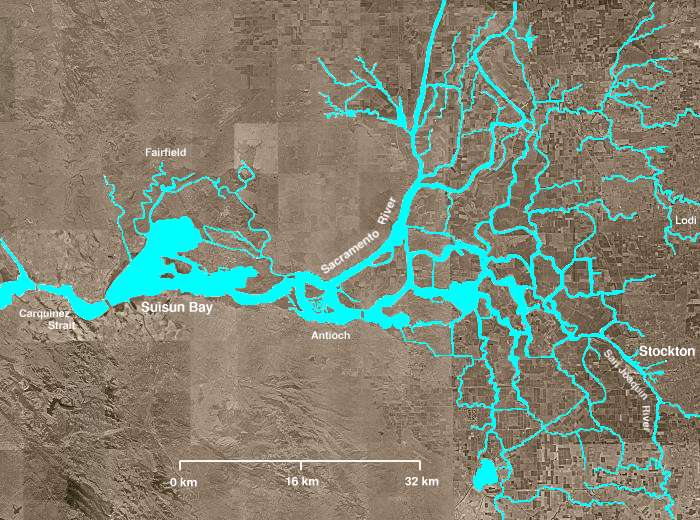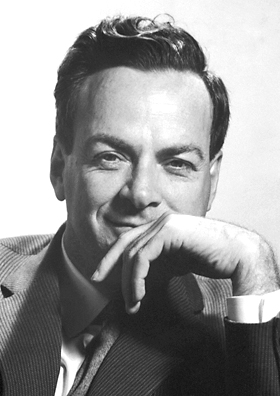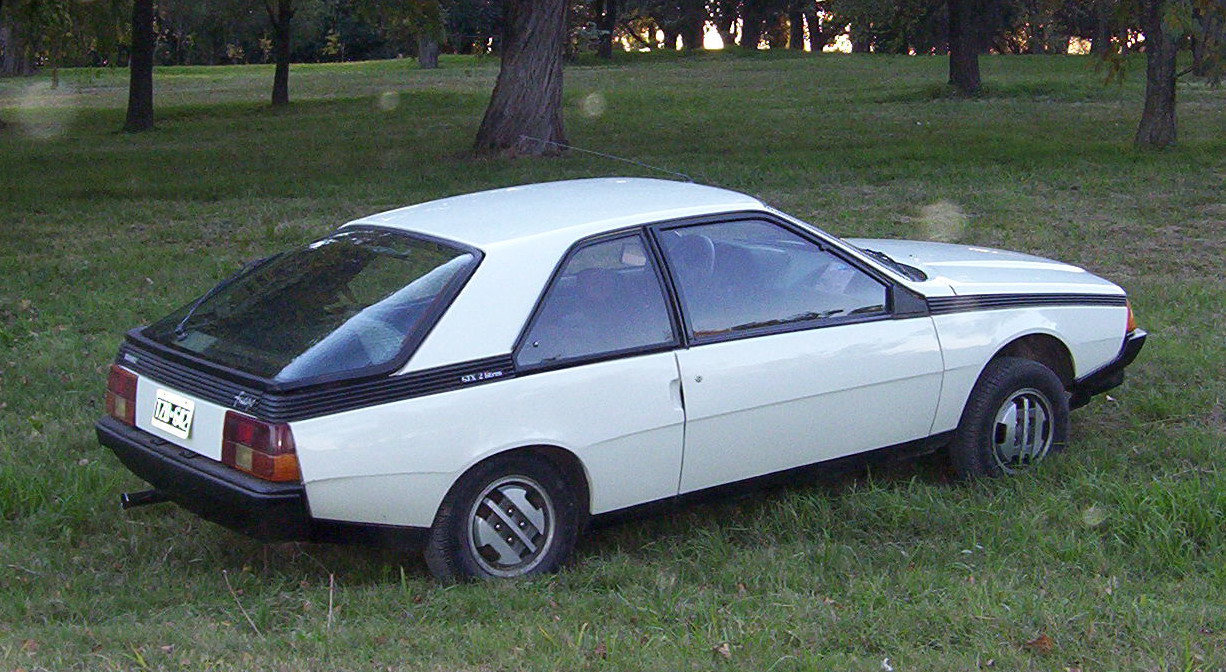 |
| The shop logo, designed by Marie |
Within several blocks of the theater are an assortment of businesses one might expect in a urban nightlife area---several evening restaurants, two stage theaters, an old vinyl record store, a tea shop, and a deli, etc.
There was even, nestled between a couple grungy sports bars, a little Starbucks, although it was one in which I had not been able to bring myself to do regular work. The one time I had tried to do that, a homeless man in a wheelchair, sitting outside beside the front door, had opened it for me as I walked up to it, as a doorman would. I couldn't even bring myself to go all the way in, and on the spot, I had made-up excuse to turn away and find a different location for the day's work, most likely a few miles north up in the Fig Garden Village, a "nice" California lifestyle center in the nicer area of Fresno.
Fresno being what it is, at the present moment, neither the Tower Theatre, nor even the Tower District itself, merited its own Wikipedia article, as might be have happened for another metropolis. Instead the district had to settle for a section within the greater Fresno article itself.
Given these limitations, we both agreed that the exact locale where Rick set up his shop, within walking distance of the theater and the restaurants nearby, was rather ideal. It was a big part of his strategy to get the place noticed.
It should be noted, however, that the house on Olive was pretty much the extremum of the walkable area around the Tower Theatre. From there onward, away from the theater, the sidewalk narrowed abruptly, and thus the character of the neighborhood became less amenable to leisurely urban strolls, even in the daytime. When going past any person on the sidewalk there, one would have had to squeeze by them in close proximity, a feature which not surprisingly limited the type of foot traffic on that stretch of Olive.
Rick had taken the room as a sublease from an older white lady who had rented the entire house in order to operate her "eclectic" second-hand boutique, one with a nostalgic bent. Her daughter was the manager. She also rented out a back area of the house to a female massage therapist, whose sign hung across the driveway.
With the exception of the sign for the massage therapist, the entire front of the house along Olive, and the little fenced yard, were thickly crowded with a heterogeneous postmodern assortment of junk from the inventory of the second-hand boutique---old pieces of furniture, chalkboards upon which were written promos in colored chalk. Across the entrance front porch was a funky old surfboard. The most prominent piece was right the walkway from the sidewalk---a little old wooden lemonade stand.
Rick detested the exterior design, but there was little he could do about, other than assert his right to put out his own signs for his shop. It was simply an obstacle to be overcome.
As a consolation, he had complete control over his one little room, and by the time I left last time, he had decorated it with the most splendidly little dozy guitar-store feel. It had the feel of a tiny little pawnshop.
Along along the walls were hung neatly his own assortment of string from Ernie Ball, Fender, and other manufacturers, as well as capos, sliders, tuners. Much of the walls were covered with guitar straps of varying design and color, hung at regular intervals like a curtain. He had even hung them like this across the front windows, which opened outward onto the porch, creating and interesting guitar-strap curtain visible from the street.
Along the back of the room he had configured a velvet curtain with gold tassels to make a showroom-like display, partly to showcase his best instruments, and also to conceal the workspace storage items in back.
In all of this creation, he was aided greatly by the assistance of Marie, the 15-year-old daughter of his girlfriend.
From the start, Rick had corrected anticipated that, given the situation with the exterior of the house, getting his shop noticed from the outside would be a struggle.
To make matters even worse, the boutique owner, as part of the musical ambiance of her shop, had placed a speaker on the porch, directly under the window of Rick's sole room, and used it to broadcast played her own classic rock favorites at a loud volume to those approaching her shop from the sidewalk. Whenever he had a student come in for lessons, Rick would have to go into the boutique and ask the woman to turn the music down.
Yet already by the time I left, the shop was off to good start. Multiple times while I was there, various men, either on their own or accompanying their wives to the boutique half of the house, had ducked into his shop door and marveled at the tidy museum-like feel of the store, as well as its funky little inventory.
A lot of the foot traffic you would expect in this type of shop comes from guys who want to sit around and talk about music. Rick is pretty much a walking encyclopedia of rock and roll history, and the history of the electric guitar, so the guys who dropped by to chat usually left with a good impression of the place. They don't always buy many instruments or string, but at least the traffic can be useful to create a buzz.
Ed.: the style of this post was inspired by its human subject, whose literary talent at a young age once led him to be dubbed by the nickname in the title.













